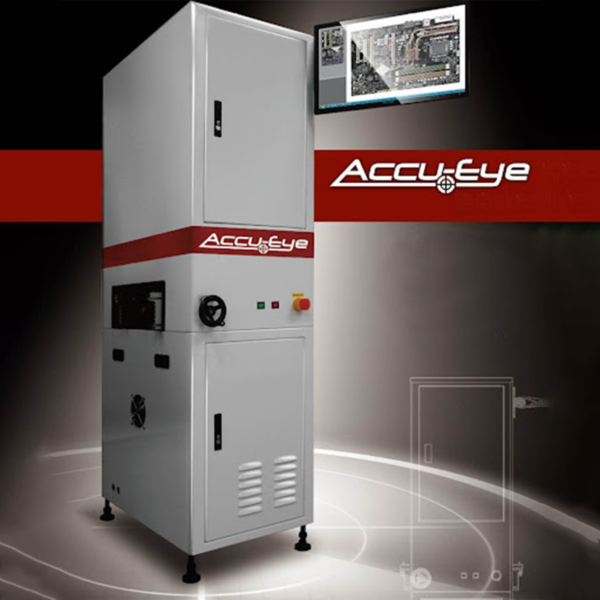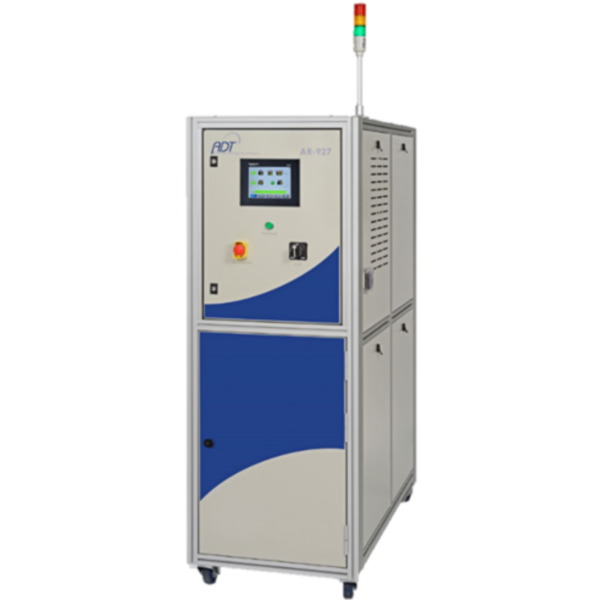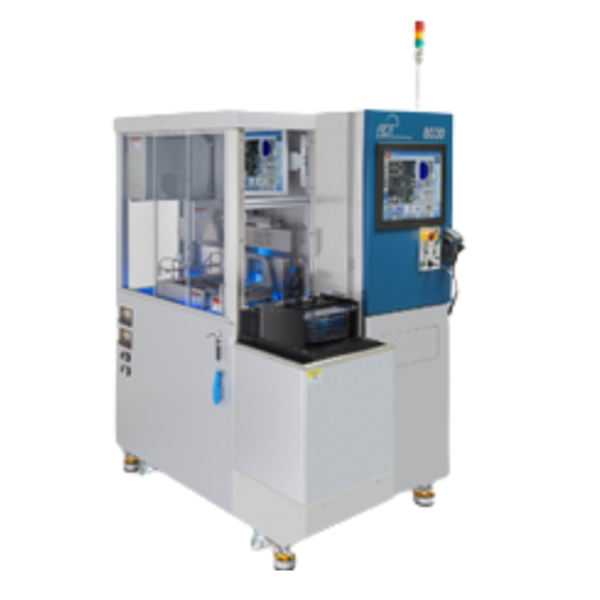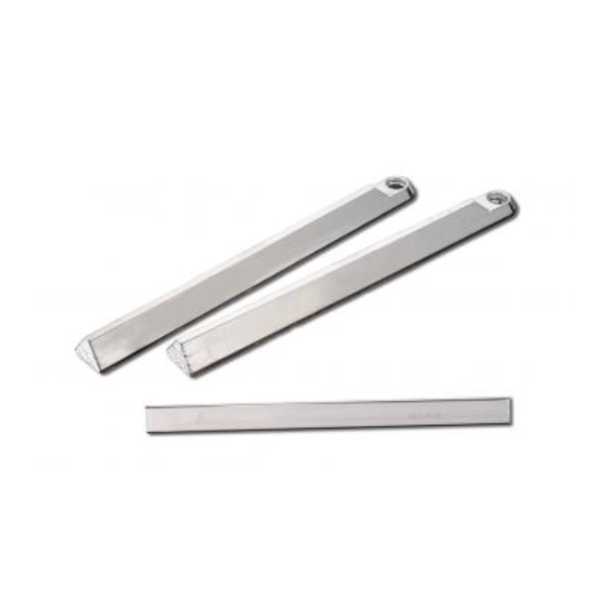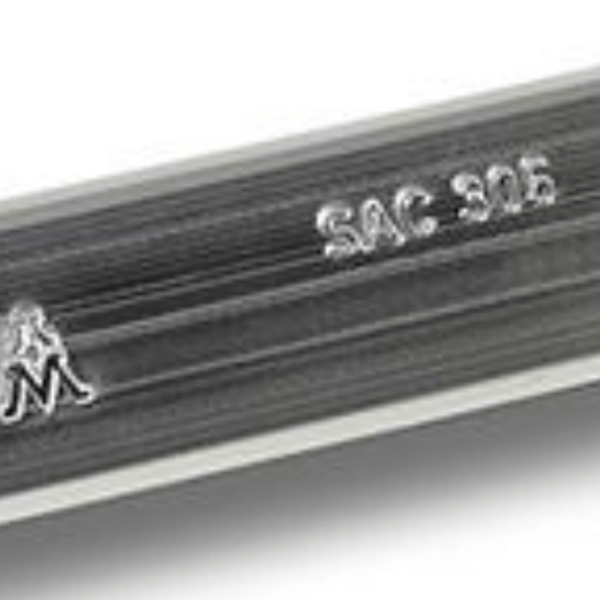Pulsed heat hot bar reflow soldering is a selective soldering process in which two solder plated parts are pressed together and heated to a temperature adequate to cause the solder to melt and flow, after which the parts are cooled to form a perma...
Pulsed heat hot bar reflow soldering is a selective soldering process in which two solder plated parts are pressed together and heated to a temperature adequate to cause the solder to melt and flow, after which the parts are cooled to form a permanent electro-mechanical bond.
Pulsed heated soldering differs from traditional soldering because the reflow of solder is accomplished using a heating element called a “thermode” which is quickly heated and then cooled down for each connection resulting in strong joints.
Pressure is applied throughout the entire cycle resulting in precise positioning. It also makes the process suitable for parts that might otherwise disconnect during cool down. Hot bar reflow soldering is also a good choice for applications that require multiple connections to be made simultaneously. Hot bar reflow soldering processes are reproducible, quantifiable, and traceable to quality standards such as ISO / NIST. Hot Bar reflow soldering is safe, highly operator-independent and easy to automate.
ACF/ Heat-Seal Bonding
Heat seal bonding – also called ACF bonding – is the process of creating electrical conductive adhesive bonds between flexible and rigid circuit boards, glass panel displays and flex foils with very fine pitch (<30 micron). The essential characteristics of this process are heating and cooling of the adhesive under pressure.
Heatstaking
Heatstaking is a method of joining two or more parts, where at least one is made out of plastic. The bond is made by partially de-forming the plastic part to fix the other. Heatstaking is the most efficient way to bond metal to plastic, and is commonly used in high volume/low cost applications in the automotive, telecom and appliance industries. The process works by heating the plastic to a temperature above the glass transition temperature via the use of super-heated air or a thermode, and then applying pressure in order to deform it and create the stake. The plastic is then cooled down again – under constant pressure – below the glass transition temperature, ensuring good fixation of the parts. This cooling can be done with compressed air if using a thermode, or with a cold, preformed tool if super-heated air is used.
AMADA WELD TECH offers a full line of reflow soldering power supplies, bonding heads for benchtop use or for integration or automation, thermodes, and both standard and custom systems for reflow soldering, heat seal bonding and heat staking.
